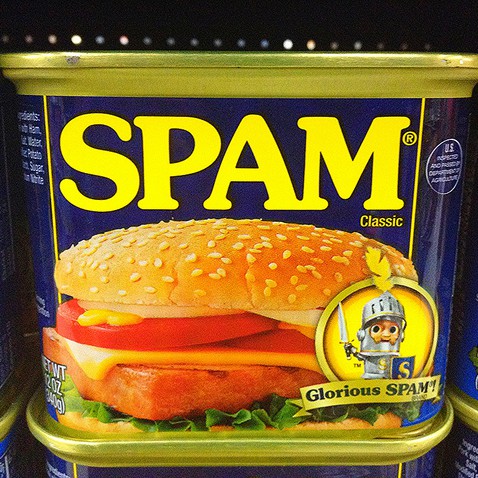
Tips to Avoid Triggering the Spam Filter with Your Marketing Emails
Email has revolutionized the way in which companies promote their products and services. Using this platform, brands can advertise to prospective customers at a fraction of the cost of traditional advertising methods. However, one of the hurdles faced by business owners who wish to use email for this purpose is avoiding the spam folder, which is something that we’re going to discuss in today’s blog post.
Do You Know How Many Emails End Up in Spam?
According to a study conducted by Return Path, as many as one in five marketing emails end up in recipients’ spam folders. Why is this a problem? Well, that’s 20% of your potential sales/leads going right down the drain, cutting a huge slice out of your return on investment (ROI). While this number has improved from last year, during which the success rate of marketing emails reaching recipients’ inbox was 83%, it remains an element that all email marketers must address if they wish to succeed.
Don’t Buy Email Lists
The allure of acquiring tens of thousands of email addresses for $50 bucks may sound enticing, but it may come back to haunt you in the long run. The problem with purchased email lists is that you never know where they came from or whether or not they abide by the CAN-SPAM Act of 2003. The vast majority of purchased email lists do NOT follow the CAN-SPAM rules, and as such, marketers who use them could face hefty fines. Unless you are willing to take this risk with your business (hint: you shouldn’t), it’s recommended that you harvest emails yourself instead of purchasing them.
Avoid Using All Caps
Another common mistake made by email marketers is crafting emails in all caps. Some marketers assume this will increase this visibility of their emails. After all, caps makes the text larger and more noticeable, which should in turn make them more visible. But numerous studies have shown that emails made with all caps are more likely to trigger spam filters.
Avoid Using the Word ‘Test’
It’s not uncommon for business owners and email marketers to send test emails to their recipients, checking to see if their delivery server works. When an email contains the word “test,” however, it’s more likely to end up the recipient’s spam folder instead of his or her inbox. If possible, try to avoid using the word “test” in your marketing emails.
Email File Size
According to the marketing experts at KissMetrics, emails should be under 30 KB file size. Spam emails are typically larger than this amount, and as such, large emails often end up the recipient’s spam folder. Check the file size of your emails before sending them to ensure that they are under the 30 KB recommended size.
Have any other tips to avoid email spam filters that you would like to share with our readers? Let us know in the comments section below!


Use a specific/detailed subject line and try to avoid sending from free email accounts.
I recommend checking your sender score periodically.
These are great tips. I’ve been told to refrain from using attachments and to avoid colored text.